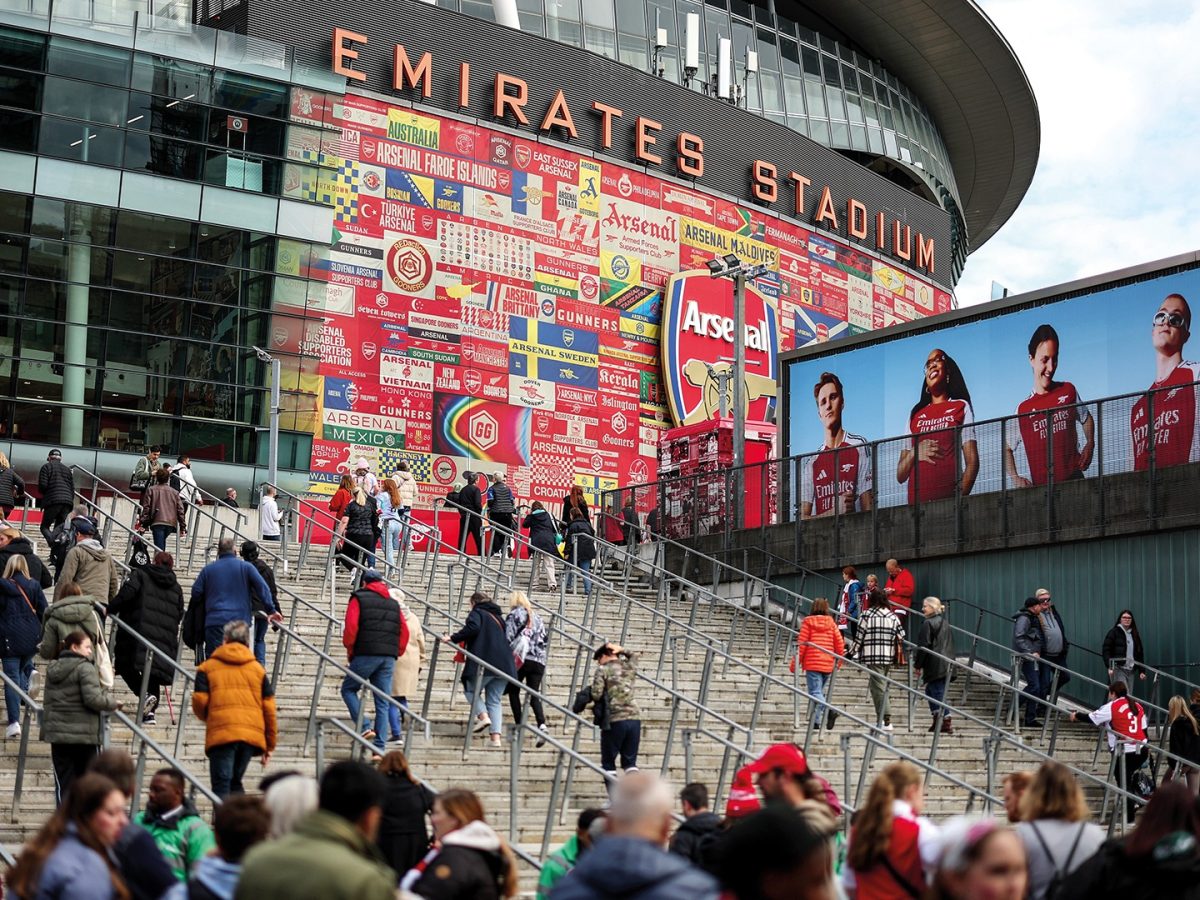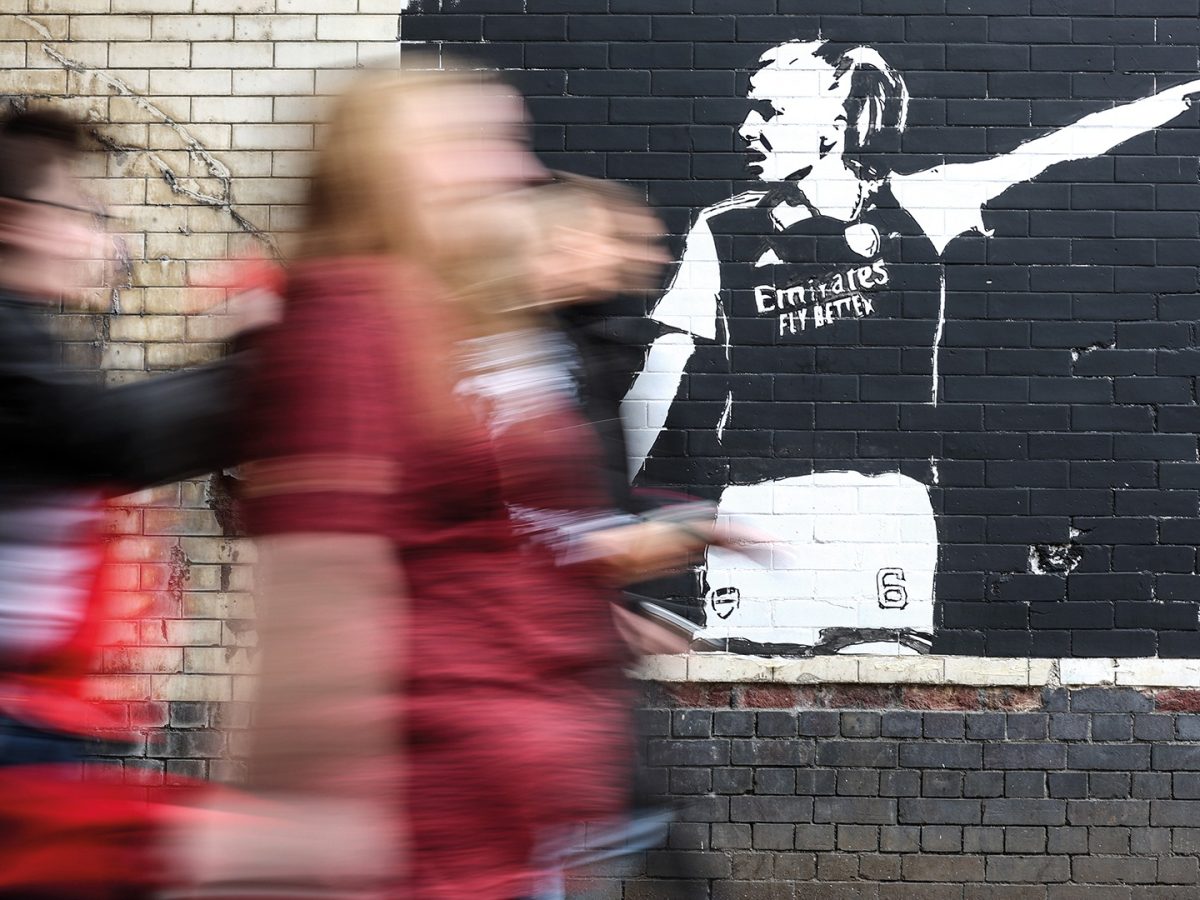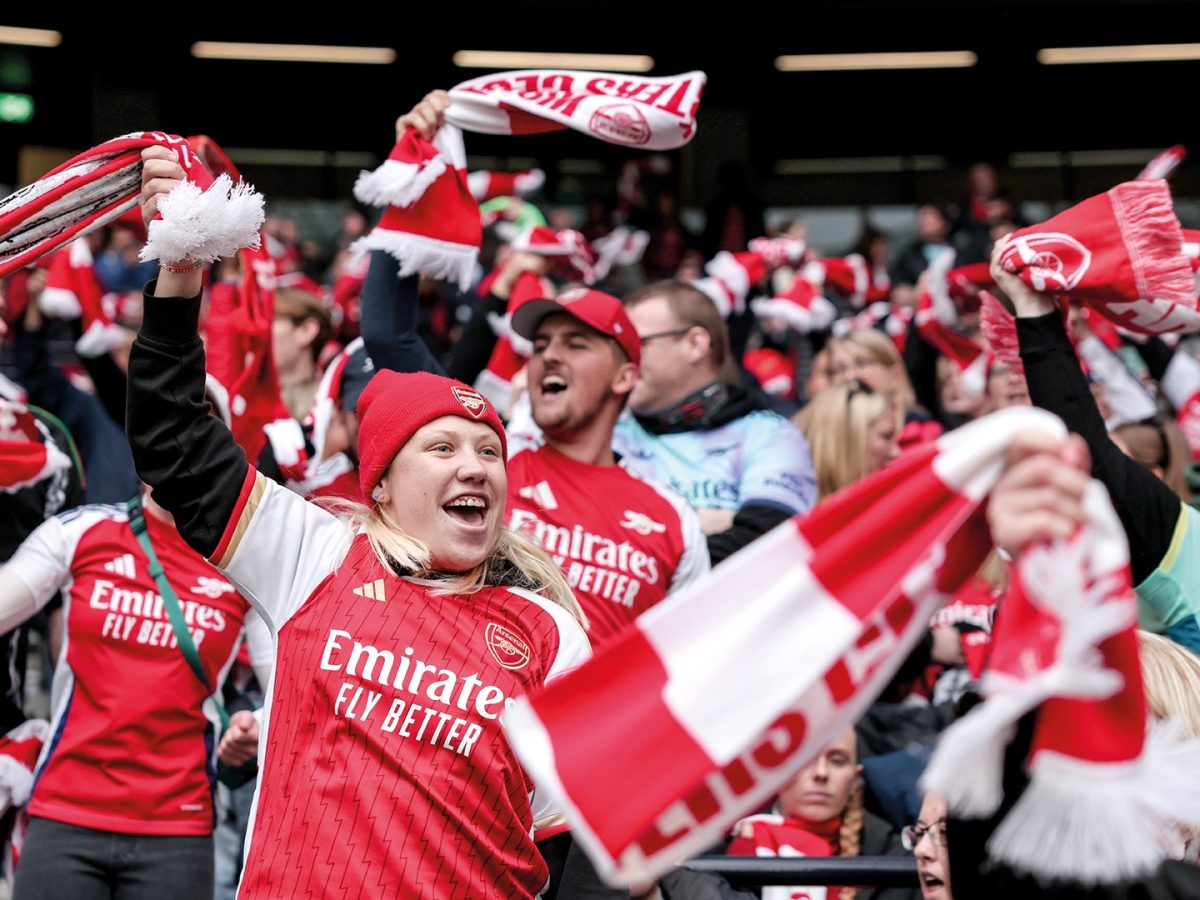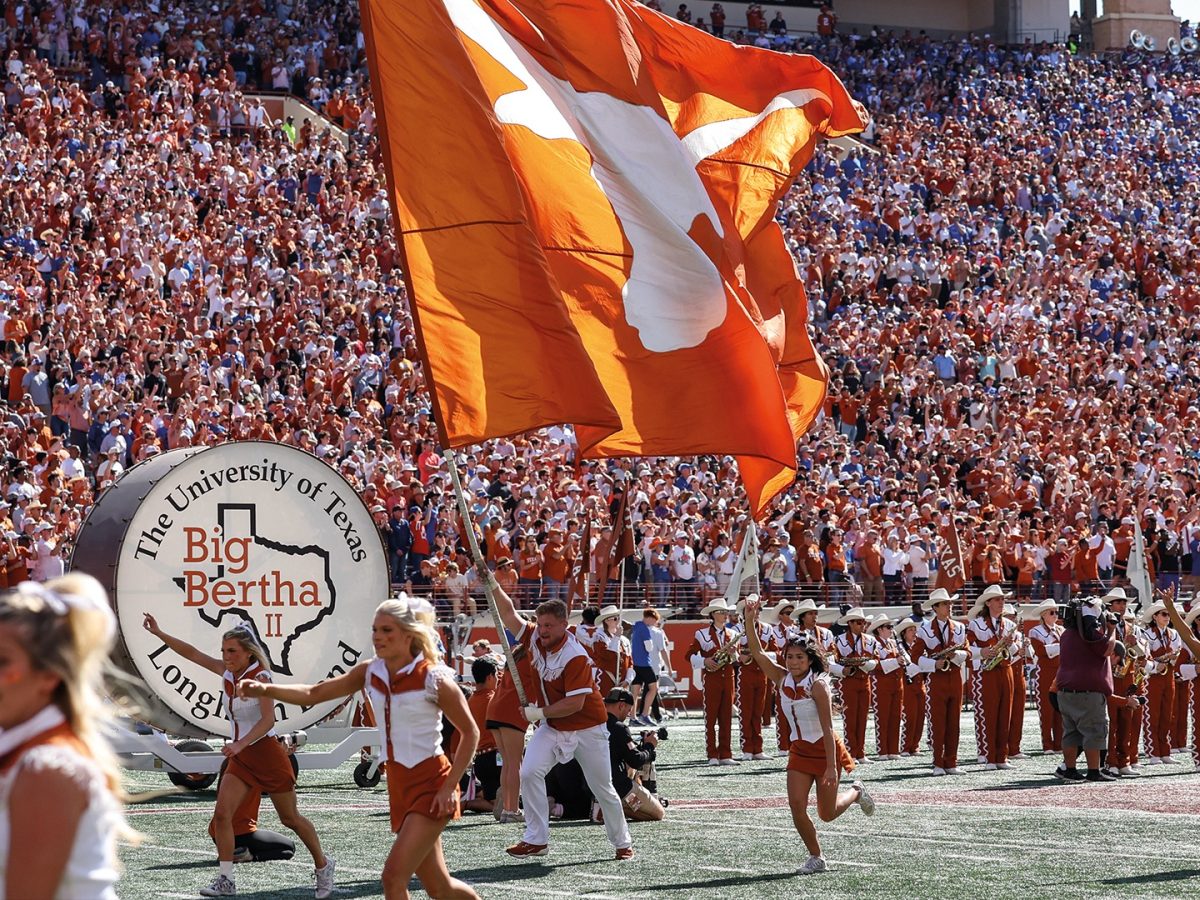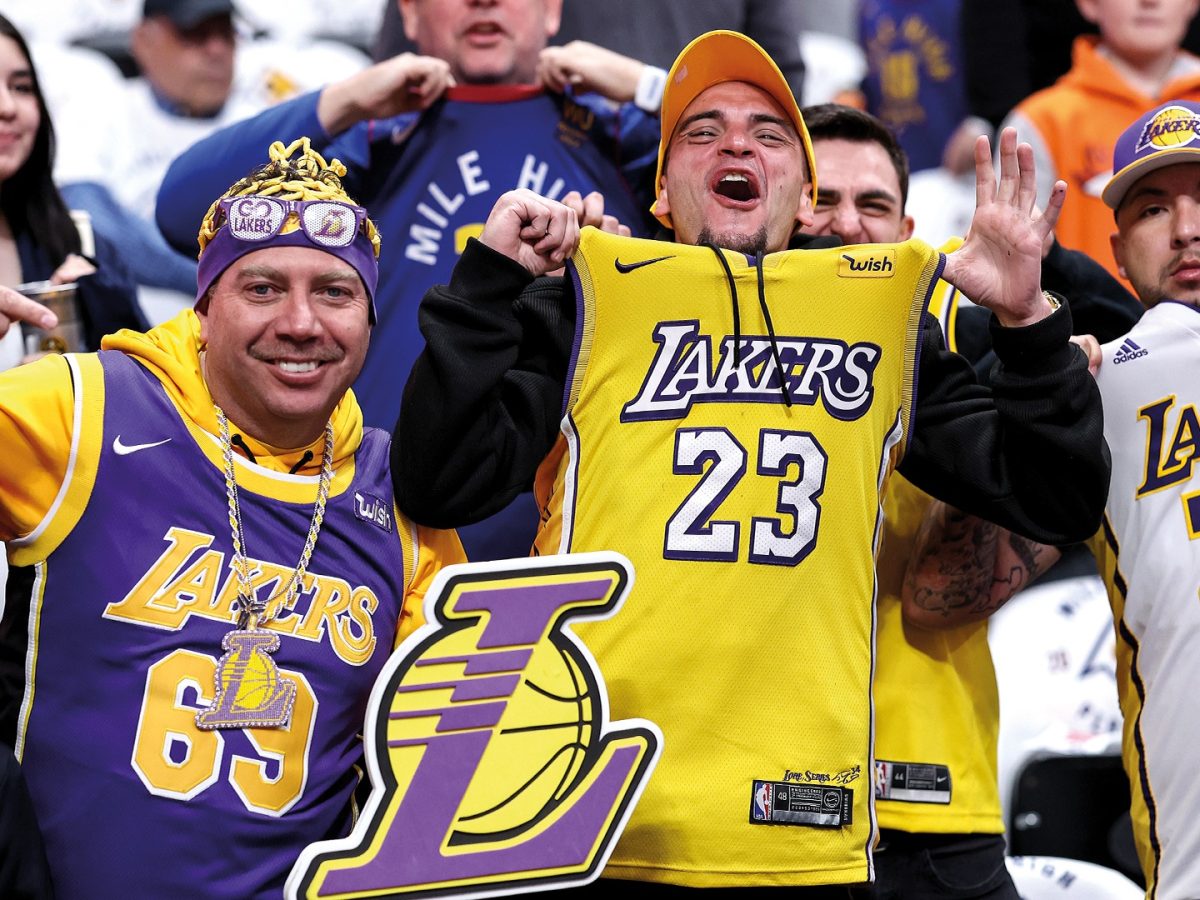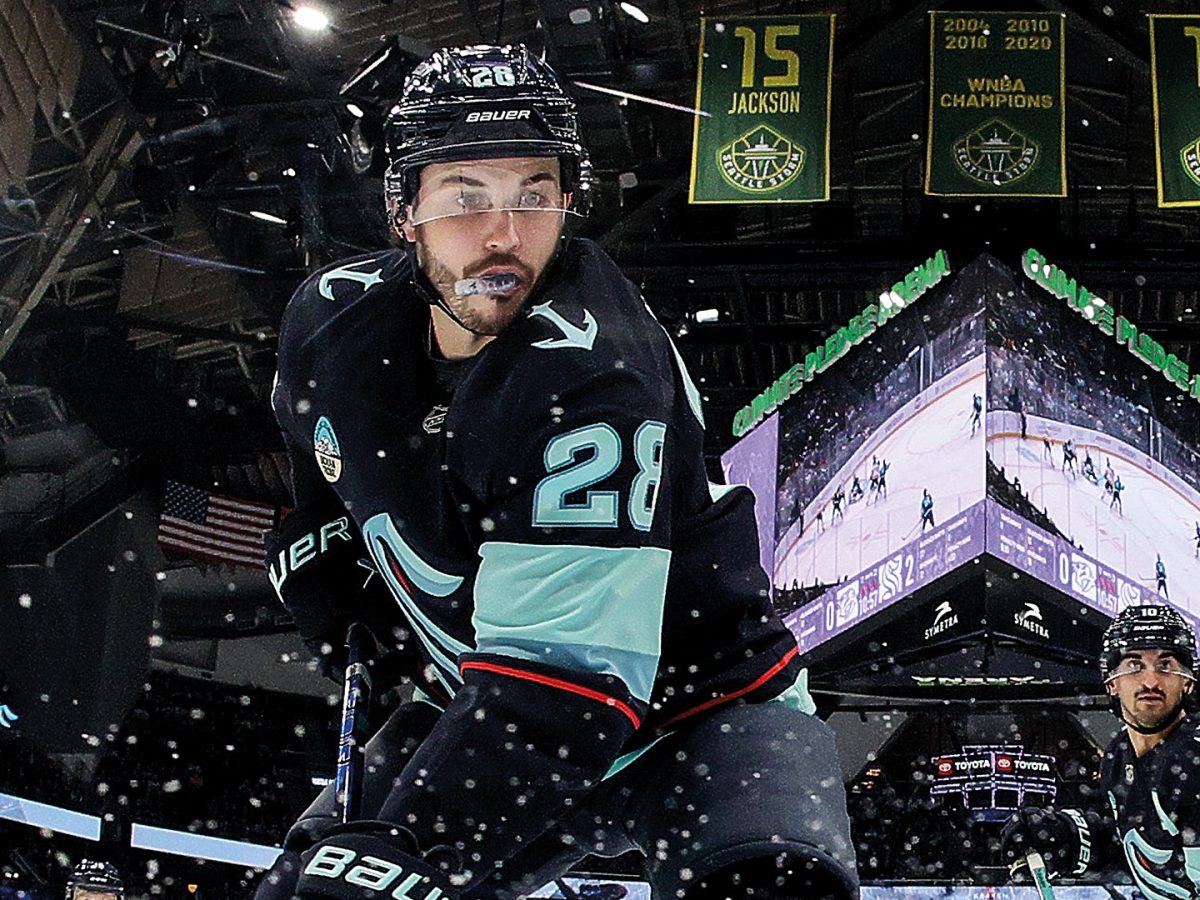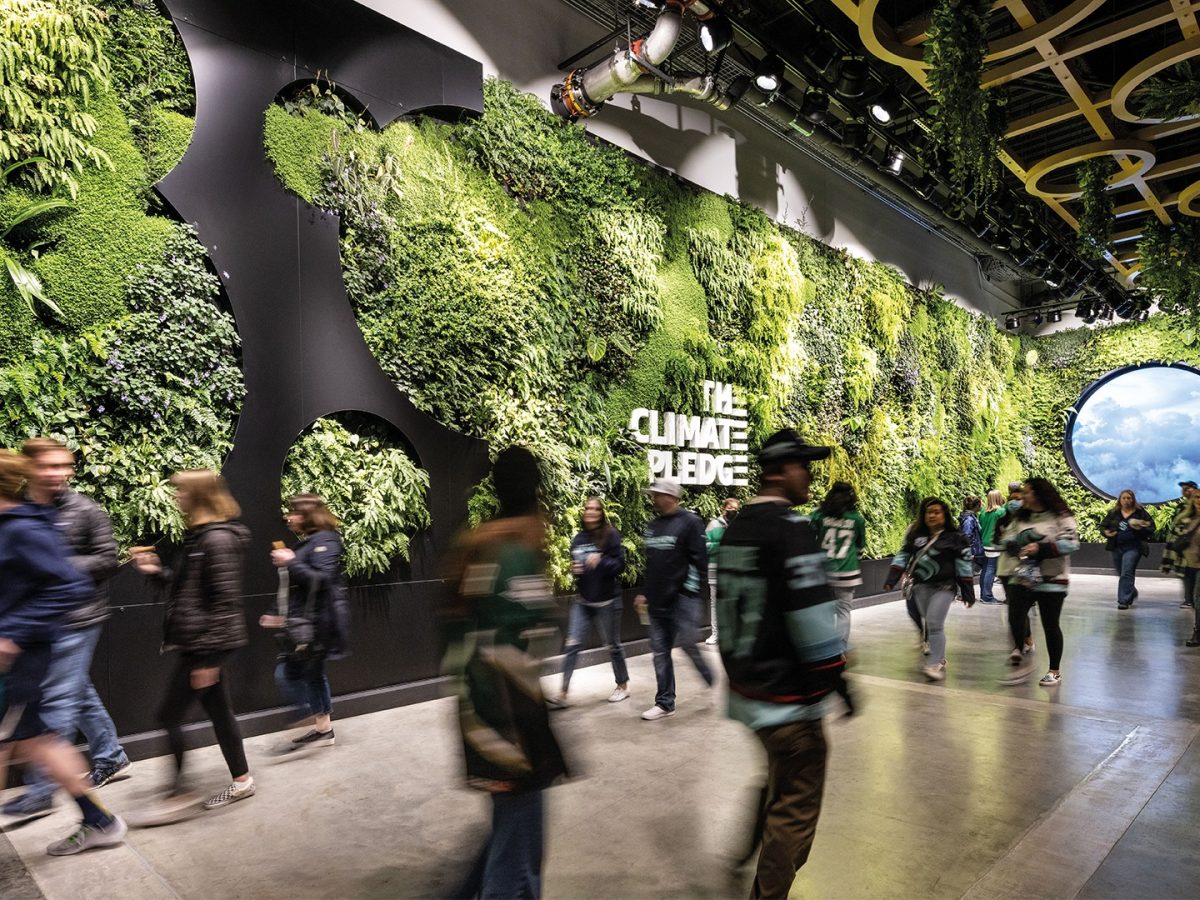April 1, 2025
Brand Activation in Sports: How Storytelling Drives Fan Loyalty
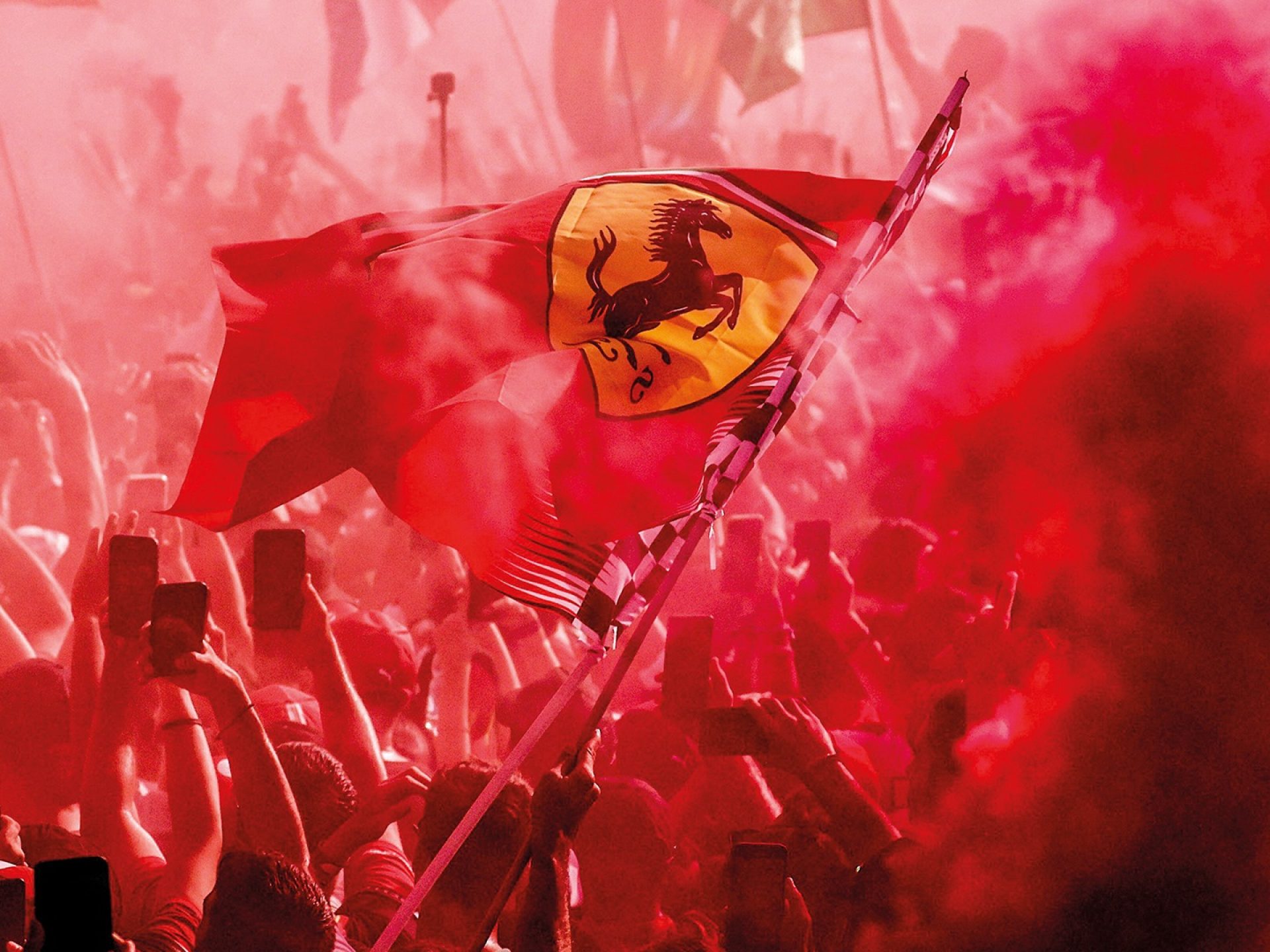
What is the ultimate badge of sports fan loyalty? A season ticket? Branded underwear? A tattoo, perhaps? Paying to have the name of your favorite athlete or team inked upon your skin is certainly a magnificent display of devotion. Fortunately, not all of us have to go quite so far. Many of the world’s leading sports teams, clubs, venues and franchises work hard to foster fan loyalty without the need for needles and ink. It’s a phenomenon known as sports branding.
Ken Black is co-founder of soccer club investment group FC32, former strategic adviser to Nike, and something of a guru in sports branding. Based in Oregon, USA, he explains how branding is so much more holistic than simply slapping logos on every athlete, every piece of merchandise and every surface surrounding a sports franchise. He remembers, years ago, working with the NBA, where the creative director was obsessed with inserting the image of a basketball into all 30 of his franchise’s team logos.
Black recalls their conversation. “I asked him: ‘Why do you feel it’s important to put a basketball into a logo that is going to appear on a basketball uniform, worn by a basketball player, playing on a basketball court, with thousands of fans watching from inside and outside the arena?’ I explained to him that no single mark should have to do all the work to tell the story of a sports brand. Not only is it a one-dimensional way of branding something, it’s also very monotonous, boring and leads to designs that are too complex.”
A truly vibrant brand is an experience, not a logo. A team brand is an experience that should unfold over time, with its own story arc, legendary moments and mythological tales. In this way, it can be expressed through every single fan experience touchpoint—from trading cards to scarves to jerseys to arenas and stadiums, to apps and even to food. This fan journey through the possible touchpoints enables teams and designers to create a more meaningful and magnetic experience overall, which is the purpose of creating a brand in the first place.”
Traditionally, sports branding has been separated into two branches: brand identity, where the team reinforces its own identity through branded uniforms, stadium designs, merchandise, marketing etc; and brand activation, where a commercial sponsor uses those same entities to connect with fans and build positive brand images by arousing the emotions that sports events engender. Black insists this separation is wrong, however. “Brand identity and brand activation are simply dynamic extensions of what a brand means, looks like, feels like, sounds like and sometimes even tastes like,” he adds. “Powerful sports branding is better summed up as: magnetizing humans to your brand or team in such a way that it brings joy and memories that drive commercial behavior.”
Black identifies four main pillars within sports branding. The first is culture and community. “The branding has to be relevant to the team’s city and the people who live there,” he explains. “What is the personality of that town? What are the authentic cultural reference points?” The second pillar pertains to myths and legends. “This is all about the founding story and the folklore that inspires the imagination of local fans and lets them know why they should love their team,” he says.
The third pillar is all about artifacts and spaces: the stadia and the arenas that the sports team calls home; the apparel and equipment they use; the fan seating; the food, drink and merchandise on offer. “These are the elements that define fans, as long as they feel right and true,” Black adds. The fourth pillar concerns the team itself and the athletes. “It’s about how those players reinforce the team story in an interesting way,” he says. “It’s about knowing that what is on the field is another version of the brand’s product. This affects how the coach and the athletes behave, what their style of play is, and how they interact with fans.”
"A truly vibrant brand is an experience, not a logo. It should unfold over time, with its own story arc, legendary moments and mythological tales."
Black singles out the US soccer club Los Angeles FC and the Welsh soccer club Wrexham AFC (which featured in a documentary series after it was purchased by Hollywood actors Ryan Reynolds and Rob McElhenney, and whose stadium redevelopment Populous is now working on) as great examples of branding success across these four pillars. His own investment group recently acquired Austrian soccer club SKN St Pölten and Irish soccer club Cobh Ramblers F.C.—both virtually unknown outside of their regions—and is working hard to bolster their cultural impact through branding.
Kelly Holton is brand activation director at Populous’ Kansas City office in the United States. Major venues she has worked with include Climate Pledge Arena, in Seattle, Washington; Wrigley Field, the famous home of Chicago Cubs; Kyle Field, home to Texas A&M Aggies American football team; and Super Bowl Live, for Super Bowl LII in Minneapolis, Minnesota. She agrees with Black that sports branding is, at its core, “all about storytelling”. She adds: “It’s about capturing the spirit of a team venue and how we reflect that through an amplification of the fan’s passion for that team.”
As a designer, she says it’s vital she and her team start working on a venue project with the architects, interior designers and urban planners as early as possible in the design process, so that when the corporate sponsors come on board, they then have team backstories to “latch onto and seamlessly integrate with”. This avoids clunky corporate sponsorship. “It’s less about logo visibility, more about experience and connection,” she adds.
Perhaps the best example of this is Climate Pledge Arena. The sports and entertainment arena was originally constructed in Seattle in the 1960s, but completely renovated in the late 2010s, reopening in 2021. E-commerce giant Amazon purchased the naming rights in order to promote its pledge to be carbon-neutral by 2040. The arena—host to the NHL’s Seattle Kraken, WNBA’s Seattle Storm, plus multiple concerts—now wears its sustainability credentials on its sleeve, recycling rain water, generating its own solar energy, and minimizing environmental impact wherever possible. A 251-foot-long (60-meter) living wall with hanging greenery is a potent visual reinforcement of the overall green message. “With Climate Pledge Arena, we were able to bring that powerful story of sustainability to the forefront of the fan experience,” Holton adds. “It was great to see so many people engaging and interacting with it, especially through social media.”
Another one of Holton’s successful collaborations was at Chicago Cubs’ Wrigley Field. Here, a private speakeasy-style bar for fans has been created, with bourbon whiskey brand Maker’s Mark as the key sponsor. It’s called the Maker’s Mark Barrel Room. Instead of overt usage of the brand’s logo, there are subtle references to Maker’s Mark: a special blend created solely for the club; a Maker’s Mark cocktail menu; chandeliers made of bourbon bottles; sections of old whiskey barrels beneath the bar; red chairs which are a nod to the drink’s famous red wax seal; framed imagery detailing the drink’s history. There are even windows giving guests views of the batting practice area. “Although it’s sponsorship, it is presented so seamlessly and naturally that fans don’t feel they are being given the hard sell; the storytelling adds to their experience,” Holton says.
"It’s about capturing the spirit of a team venue and how we reflect that through an amplification of the fan’s passion for that team."
As sponsors think of ever more ingenious ways to weave their commercial messages into the culture of sports teams, digital technology is sure to play an even greater role. But what of the future? How will emerging technologies change the way sports branding works? Black is convinced artificial intelligence will revolutionize the digital experience for fans at sports and entertainment events, engaging them far more emotionally through personally tailored smartphone apps. The apps will learn which players or artists fans love the most, creating news stories and content allied to those celebrities, for example. These apps will be so personal that they will offer memorabilia from each event a fan attends; they will know what type of food and drink each fan prefers; they will suggest transport links to get the fans to and from each event more efficiently. “It’s almost like you will have your own digital network, your own retailer, your very own in-seat experience,” Black adds.
Holton envisages a future where the external skins and internal screens of sports and entertainment venues will work much harder to reinforce the branding experience. She cites the Climate Pledge Arena, with its environmental messages, as a great example. “There are LED screens on the ceilings and on the walls,” she explains. “Some days you’re walking through the forests of the Pacific Northwest. Other days you’re under the ocean and there’s a scuba diver or a whale swimming overhead. Or there might be a Foo Fighters concert, and the screens will be celebrating the energy and emotion of that rock band. The screens can also be a delivery device for corporate partners to tastefully monetize the experience.”
Perhaps the most futuristic venue of all is Sphere, in Las Vegas. This Populous-designed entertainment arena features a spherical 580,000-square-foot (54,000 square-meter) exterior LED display. The 18,000-seat interior auditorium is surrounded by another vast LED screen, this one 160,000 square feet (15,000 square meters) in surface area. The video content played on both the interior and exterior screens changes according to the particular branding of each new event staged there.
It truly is a breathtaking vision of how entertainment arenas will evolve in the future, where multi-sensory capabilities push the possibilities of storytelling into completely new territory, transforming the nature of digital entertainment design. “The storytelling possibilities are what I think intrigued me,” said Academy Award-nominated director Darren Aronofsky, who was commissioned to create the first movie shown at Sphere. “No one had ever seen anything like it, so we didn’t really know how they would respond,” he said of the audiences at the first screening. “And then this moment happened… I actually didn’t realize jaw-dropping was a real thing. It was fun to look around and see people’s jaws literally dropping and pointing to different places on the screen. It’s a joy to be able to take audiences along for that trip.”
Lorem ipsum dolor sit amet consectetur, adipisicing elit. Non facere corporis et expedita sit nam amet aut necessitatibus at dolore enim quis impedit eius libero, harum tempore laboriosam dolor cumque.
Lorem, ipsum dolor sit amet consectetur adipisicing elit. Illo temporibus vero veritatis eveniet, placeat dolorem sunt at provident tenetur omnis, dicta exercitationem. Expedita quod aspernatur molestias eum? Totam, incidunt quos.
